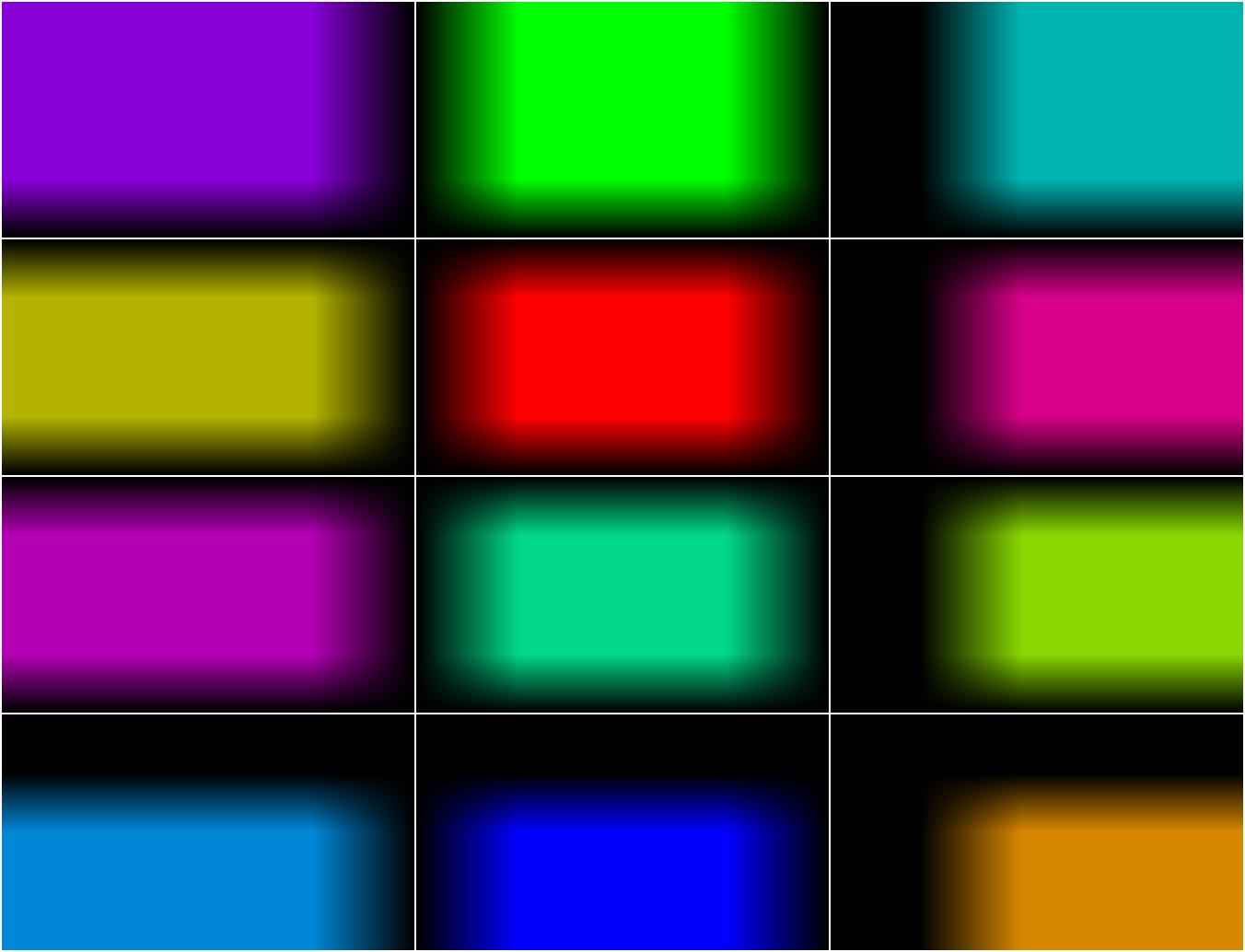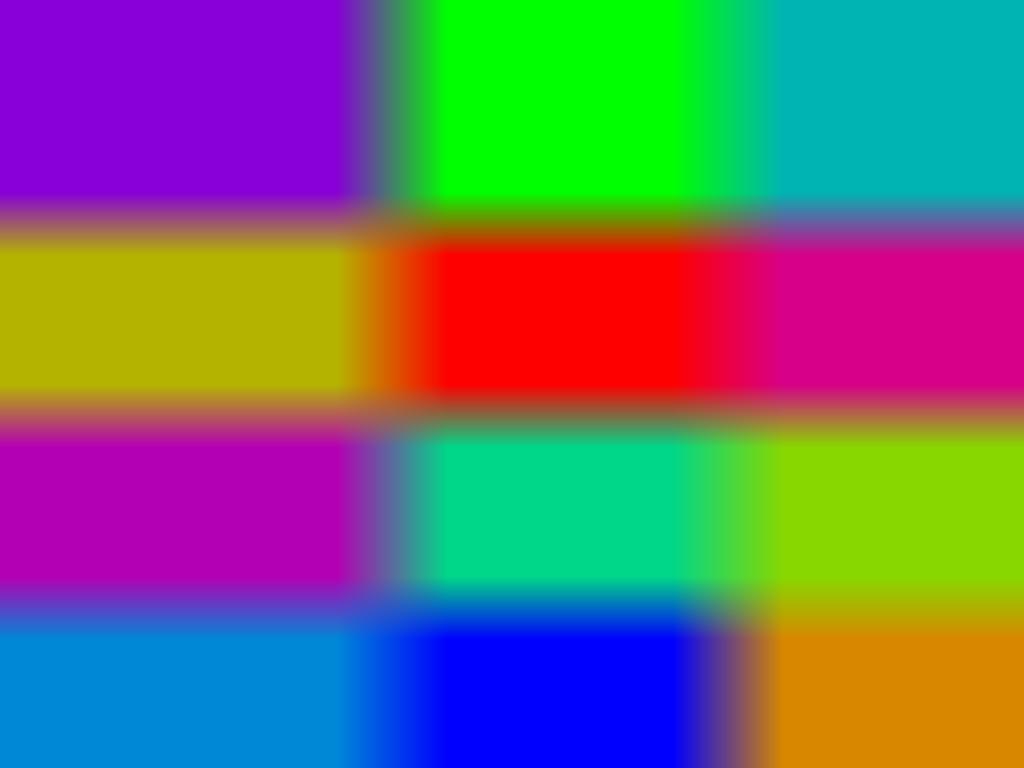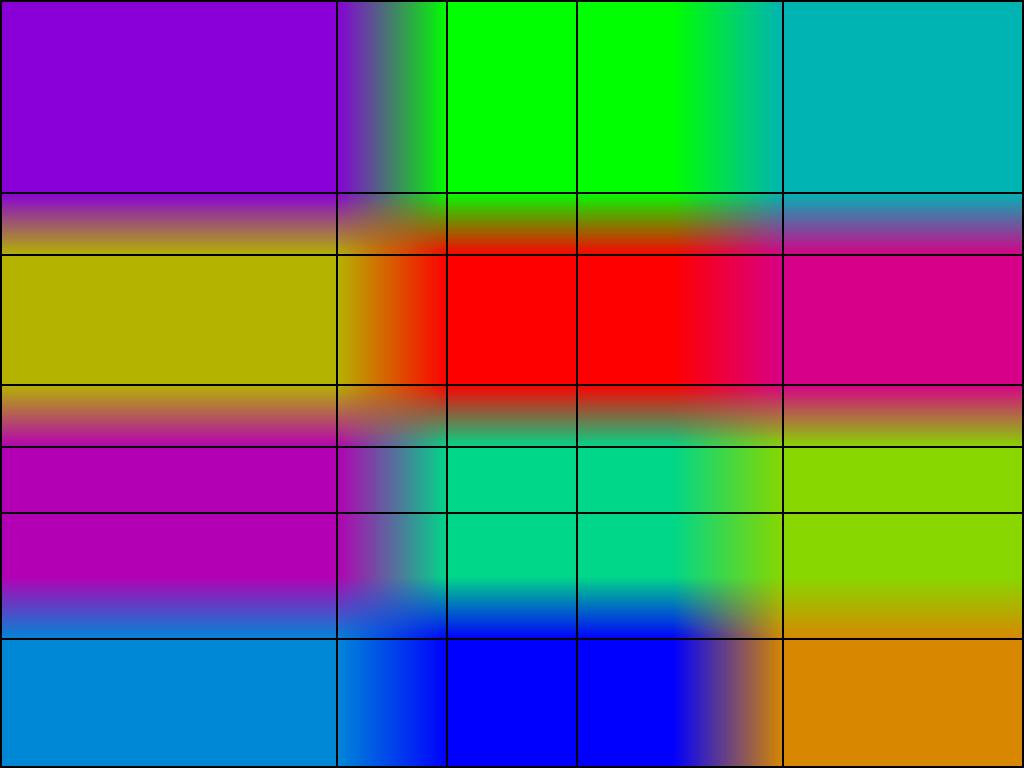Blended tiling with PyTorch
Project description
blended-tiling
This module adds support for splitting NCHW tensor inputs like images & activations into overlapping tiles of equal size, and then blending those overlapping tiles together after they have been altered. This module is also fully Autograd & JIT / TorchScript compatible.
This tiling solution is intended for situations where one wishes to render / generate outputs that are larger than what their computing device can support. Tiles can be separately rendered and periodically blended together to maintain tile feature coherence.
Setup:
Installation Requirements
- Python >= 3.6
- PyTorch >= 1.6
Installation via pip:
pip install blended-tiling
Dev / Manual install:
git clone https://github.com/progamergov/blended-tiling.git
cd blended-tiling
pip install -e .
# Notebook installs also require appending to environment variables
# import sys
# sys.path.append('/content/blended-tiling')
Documentation
TilingModule
The base blended tiling module.
blended_tiling.TilingModule(tile_size=(224, 224), tile_overlap=(0.25, 0.25), base_size=(512, 512))
Initialization Variables
tile_size(int or tuple of int): The size of tiles to use. A single integer to use for both the height and width dimensions, or a list / tuple of dimensions with a shape of:[height, width]. The chosen tile sizes should be less than or equal to the sizes of the full NCHW tensor (base_size).tile_overlap(int or tuple of int): The amount of overlap to use when creating tiles. A single integer to use for both the height and width dimensions, or a list / tuple of dimensions with a shape of:[height, width]. The chosen overlap percentages should be in the range [0.0, 0.50] (0% - 50%).base_size(int or tuple of int): The size of the NCHW tensor being split into tiles. A single integer to use for both the height and width dimensions, or a list / tuple of dimensions with a shape of:[height, width].
Methods
num_tiles()
- Returns
num_tiles(int): The number of tiles that the full image shape is divided into based on specified parameters.
tiling_pattern()
- Returns:
pattern(list of int): The number of tiles per column and number of tiles per row, in the format of:[n_tiles_per_column, n_tiles_per_row].
split_into_tiles(x): Splits an NCHW image input into overlapping tiles, and then returns the tiles. The base_size parameter is automatically readjusted to match the input.
- Returns:
tiles(torch.Tensor): A set of tiles created from the input image.
get_tile_masks(channels=3, device=torch.device("cpu"), dtype=torch.float): Return a stack of NCHW masks corresponding to the tiles outputted by .split_into_tiles(x).
- Variables:
channels(int, optional): The number of channels to use for the masks. Default: 3device(torch.device, optional): The desired device to create the masks on. Default: torch.device("cpu")dtype(torch.dtype, optional): The desired dtype to create the masks with. Default: torch.float
- Returns:
masks(torch.Tensor): A set of tile masks stacked across the batch dimension.
rebuild(tiles, border=None, colors=None): Creates and returns the full image from a stack of NCHW tiles stacked across the batch dimension.
- Variables:
tiles(torch.Tensor): A set of tiles that may or not be masked, stacked across the batch dimension.border(int, optional): Optionally add a border of a specified size to the edges of tiles in the full image for debugging and explainability. Set to None for no border.colors(list of float, optional): A set of floats to use for the border color, if using borders. Default is set to red unless specified.
- Returns:
full_image(torch.Tensor): The full image made up of tiles merged together without any blending.
rebuild_with_masks(tiles, border=None, colors=None): Creates and returns the full image from a stack of NCHW tiles stacked across the batch dimension, using tile blend masks.
- Variables:
tiles(torch.Tensor): A set of tiles that may or not be masked, stacked across the batch dimension.border(int, optional): Optionally add a border of a specified size to the edges of tiles in the full image for debugging and explainability. Set to None for no border.colors(list of float, optional): A set of floats to use for the border color, if using borders. Default is set to red unless specified.
- Returns:
full_image(torch.Tensor): The full image made up of tiles blended together using masks.
forward(x): Takes a stack of tiles, combines them into the full image with blending masks, then splits the image back into tiles.
- Variables:
x(torch.Tensor): A set of tiles to blend the overlapping regions together of.
- Returns:
x(torch.Tensor): A set of tiles with overlapping regions blended together.
Supported Tensor Types
The TilingModule class has been tested with and is confirmed to work with the following PyTorch Tensor Data types / dtypes: torch.float32 / torch.float, torch.float64 / torch.double, torch.float16 / torch.half, & torch.bfloat16.
Usage
The TilingModule class is pretty easy to use.
from blended_tiling import TilingModule
full_size = [512, 512]
tile_size = [224, 224]
tile_overlap = [0.25, 0.25] # 25% overlap on both H & W
tiling_module = TilingModule(
tile_size=tile_size,
tile_overlap=tile_overlap,
base_size=full_size,
)
# Shape of tiles expected in forward pass
input_shape = [tiling_module.num_tiles(), 3] + tile_size
# Tiles are blended together and then split apart by default
blended_tiles = tiling_module(torch.ones(input_shape))
Tiles can be created and then merged back into the original tensor like this:
full_tensor = torch.ones(1, 3, 512, 512)
tiles = tiling_module.split_into_tiles(full_tensor)
full_tensor = tiling_module.rebuild_with_masks(tiles)
The tile boundaries can be viewed on the full tensor like this:
tiles = torch.ones(9, 3, 224, 224)
full_tensor = tiling_module.rebuild_with_masks(tiles, border=2)
And the number of tiles and tiling pattern can be obtained like this:
num_tiles = tiling_module.num_tiles()
tiling_pattern = tiling_module.tiling_pattern()
print("{}x{}".format(tiling_pattern[0], tiling_pattern[1]))
Custom Classes
It's also easy to modify the forward function of the tiling module:
from typing import Union, List, Tuple
from blended_tiling import TilingModule
class CustomTilingModule(TilingModule):
def __init__(
self,
tile_size: Union[int, List[int], Tuple[int, int]] = [224, 224],
tile_overlap: Union[float, List[float], Tuple[float, float]] = [0.25, 0.25],
base_size: Union[int, List[int], Tuple[int, int]] = [512, 512],
) -> None:
TilingModule.__init__(self, tile_size, tile_overlap, base_size)
self.custom_module = torch.nn.Identity()
def forward(self, x: torch.Tensor) -> torch.Tensor:
x = self.rebuild_with_masks(x)
x = self.custom_module(x) + 4.0
return self._get_tiles_and_coords(x)[0]
Examples
To demonstrate the tile blending abilities of the TilingModule class, an example has been created below.
First we'll create a set of tiles & give them all unique colors for this example:
# Setup TilingModule instance
full_size = [768, 1014]
tile_size = [256, 448]
tile_overlap = [0.25, 0.25]
tiling_module = TilingModule(
tile_size=tile_size,
tile_overlap=tile_overlap,
base_size=full_size,
)
# Create unique colors for tiles
tile_colors = [
[0.5334, 0.0, 0.8459],
[0.0, 1.0, 0.0],
[0.0, 0.7071, 0.7071],
[0.7071, 0.7071, 0.0],
[1.0, 0.0, 0.0],
[0.8459, 0.0, 0.5334],
[0.7071, 0.0, 0.7071],
[0.0, 0.8459, 0.5334],
[0.5334, 0.8459, 0.0],
[0.0, 0.5334, 0.8459],
[0.0, 0.0, 1.0],
[0.8459, 0.5334, 0.0],
]
tile_colors = torch.as_tensor(tile_colors).view(12, 3, 1, 1)
# Create tiles
tiles = torch.ones([tiling_module.num_tiles(), 3] + tile_size)
# Color tiles
tiles = tiles * tile_colors

Next we apply the blend masks to the tiles:
tiles = tiles * tiling_module.get_tile_masks()

We can now combine the masked tiles into the full image:
# Build full tiled image
output = tiling_module.rebuild(tiles)

We can also view the tile boundaries like so:
# Build full tiled image
output = tiling_module.rebuild(tiles, border=2, colors=[0,0,0])

We can view an animation of the tiles being added like this:
from torchvision.transforms import ToPILImage
tile_steps = [
tiling_module.rebuild(tiles[: i + 1]) for i in range(tiles.shape[0])
]
tile_frames = [
ToPILImage()(x[0])
for x in [torch.zeros_like(tile_steps[0])] + tile_steps + [tile_steps[-1]]
]
tile_frames[0].save(
"tiles.gif",
format="GIF",
append_images=tile_frames[1:],
save_all=True,
duration=700,
loop=0,
)

Project details
Release history Release notifications | RSS feed
Download files
Download the file for your platform. If you're not sure which to choose, learn more about installing packages.
Source Distribution
Built Distribution
Hashes for blended-tiling-0.0.1.dev6.tar.gz
| Algorithm | Hash digest | |
|---|---|---|
| SHA256 | 30c70722a8d6e21d79d48deb78ed809f056ee29708264278d446db4bbc921e66 |
|
| MD5 | 96bd1307079b622b87ee575e2e79981a |
|
| BLAKE2b-256 | 7787b1970a310c8bcef34efd01201d9144939885d87cf61242ee6fed484f2221 |
Hashes for blended_tiling-0.0.1.dev6-py3-none-any.whl
| Algorithm | Hash digest | |
|---|---|---|
| SHA256 | 357f9d9ece124b16081f8d898d7ecc3d749dca315b799027ba7e62b48c5e989a |
|
| MD5 | af697e57ae866143eb4f2e4ef7310c5f |
|
| BLAKE2b-256 | 580d207e9e9233b43beb2e184e67cd7943e3bbe6c416c7210bb7f4d05d1f24e9 |














